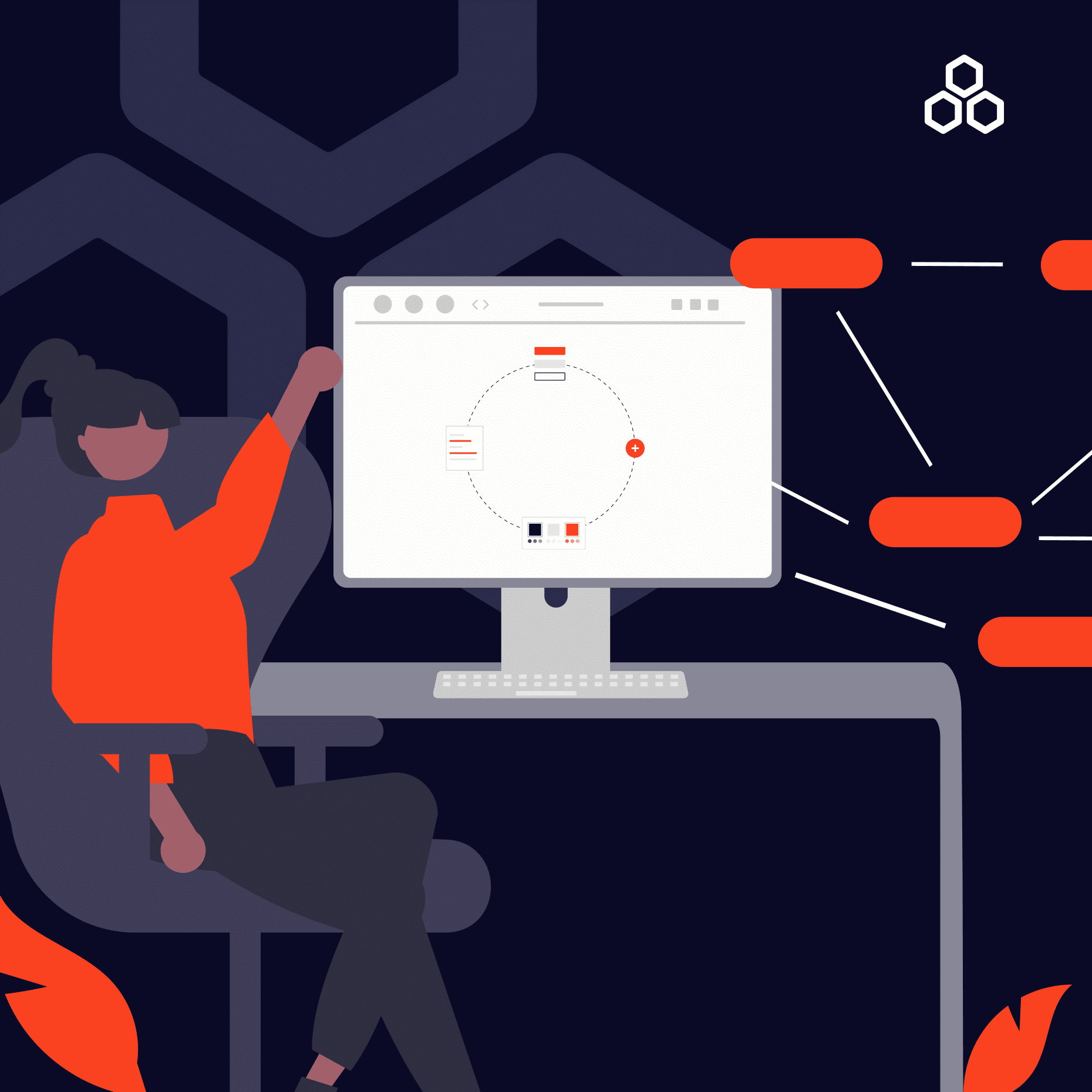Development & Engineering
Legacy Systems Navigation: Modernization for Tech Leaders
22 June. 2023
6 mins read


Introduction
Organizations often find themselves burdened with legacy systems that hinder innovation and agility. While once state-of-the-art, these outdated systems can impede progress and limit a company’s ability to compete in today’s fast-paced business environment.
However, modernization is not a simple task and requires careful planning and execution. In this blog post, we will explore various approaches that technology leaders can adopt to navigate legacy systems successfully and drive meaningful transformation within their organizations.

Understanding the Challenges of Legacy Systems
Outdated technologies, complex architectures, and dependencies on obsolete software and hardware components typically characterize legacy systems. These systems often lack documentation and have accumulated years or even decades of technical debt. Consequently, the challenges associated with legacy systems include:
a) Limited scalability and performance
Legacy systems may struggle to handle increased workloads and demands, leading to reduced efficiency and slower response times.
b) Inflexibility and lack of agility
Outdated systems often lack the flexibility required to adapt to changing business needs, making it challenging to incorporate new features or support modern workflows.
c) Security and compliance risks
Older systems are more vulnerable to security threats, as they may lack the latest security patches and updates. Compliance with modern data protection regulations can also be a significant concern.

The Modernization Imperative
Modernizing legacy systems is not just a matter of preference; it is increasingly becoming imperative for organizations aiming to stay competitive. By embracing modernization, technology leaders can unlock several benefits:
a) Enhanced efficiency and productivity
Modernized systems can streamline processes, automate tasks, and leverage new technologies to drive productivity improvements.
b) Improved customer experience
Legacy systems often struggle to meet the expectations of digitally savvy customers. However, modernization enables organizations to deliver better user experiences and personalized services by leveraging contemporary technologies and practices.
c) Cost optimization
Legacy systems can be expensive to maintain, necessitating specialized skills and hardware that may no longer be readily available. However, modernization can lead to cost savings by optimizing resource utilization and reducing maintenance efforts.

Approaches to Modernizing Legacy Systems
a) Replatforming
Replatforming involves migrating legacy systems to a new platform while maintaining existing functionality. This approach offers a balance between cost and agility. Organizations can benefit by leveraging modern infrastructure and platforms without completely rewriting the system.
b) Refactoring
Refactoring involves changing the existing codebase to improve its structure, maintainability, and performance. This approach allows organizations to modernize their systems while reducing technical debt gradually. It often involves breaking monolithic architectures into microservices, enabling greater scalability and flexibility.
c) Re-architecting
Re-architecting involves redesigning the system from scratch, emphasizing scalability, modularity, and modern architectural patterns. Moreover, this approach enables the leveraging of cloud-native technologies, fostering a more agile and scalable foundation.
d) Replacement
In some cases, complete system replacement may be the most appropriate approach. While this is often the most disruptive and costly option, it allows organizations to start with a clean slate and build a modern system tailored to their specific needs.

Key Considerations for Successful Modernization
a) Comprehensive assessment
Before embarking on modernization, thoroughly assess your legacy system. Understand its dependencies, limitations, and potential impact on stakeholders. This assessment will help define the most suitable modernization approach.
b) Prioritization
Not all legacy system parts may require immediate modernization. Prioritize modules based on business value, technical feasibility, and level of effort required. Additionally, adopt an incremental approach, focusing on quick wins to demonstrate the value of modernization.
c) Agile development practices
Modernization efforts should embrace agile development methodologies, facilitating flexibility and adaptability. Frequent feedback loops, iterative development, and continuous integration and deployment practices mitigate risks and deliver value early in the modernization journey.
d) Skilled resources and partnerships
Modernizing legacy systems requires a mix of technical expertise and business understanding. Ensure you have access to the necessary skills in-house or partner with external experts with legacy system modernization experience.
Conclusion
Legacy systems can pose significant challenges to organizations striving for innovation and growth. However, technology leaders can transform these challenges into opportunities by adopting the right modernization approach.
Replatforming, refactoring, re-architecting, or replacing legacy systems are pivotal steps to unlock enhanced efficiency, agility, and customer experiences.
Through comprehensive assessments, prioritization, agile practices, and skilled resources, organizations can adeptly navigate modernization and ensure long-term success in today’s rapidly evolving technological landscape.
—
What’s Next
Idea Theorem is an award-winning design & development agency based in North America. Through our empathy-driven approach, we have crafted digital products that have positively impacted over 10 million users. Our mission is to shape the digital future by delivering exceptional experiences. Contact Us if you have any questions; we will gladly help you.





